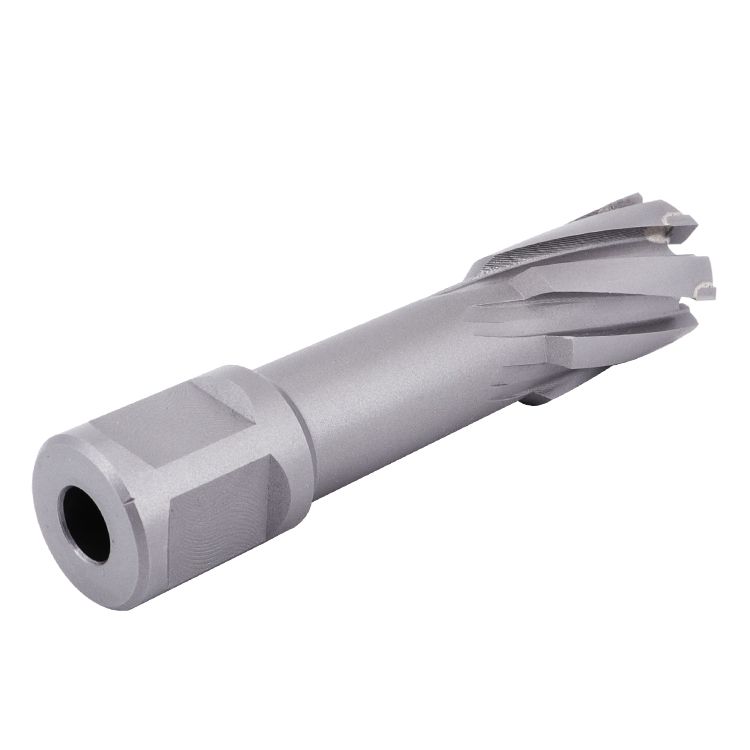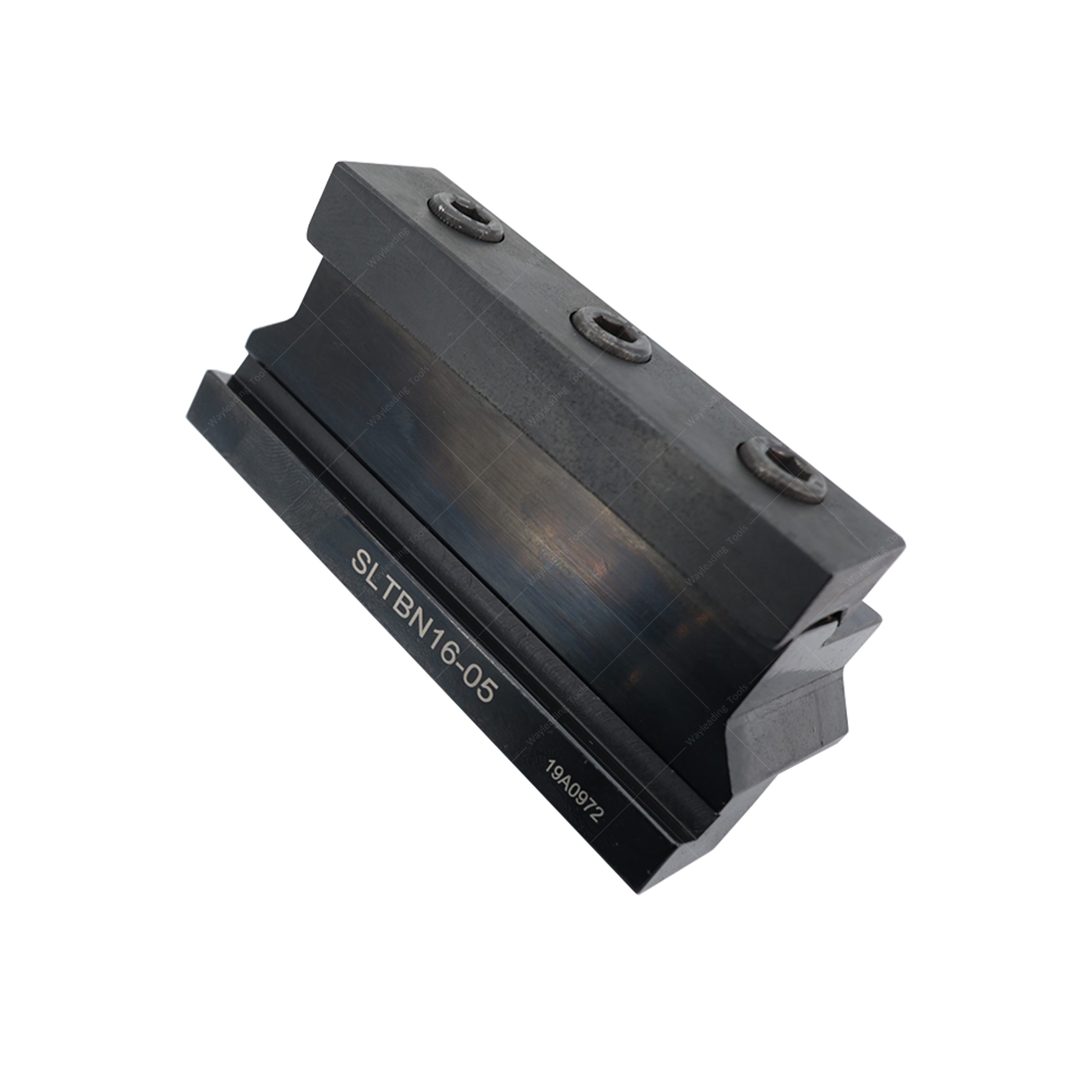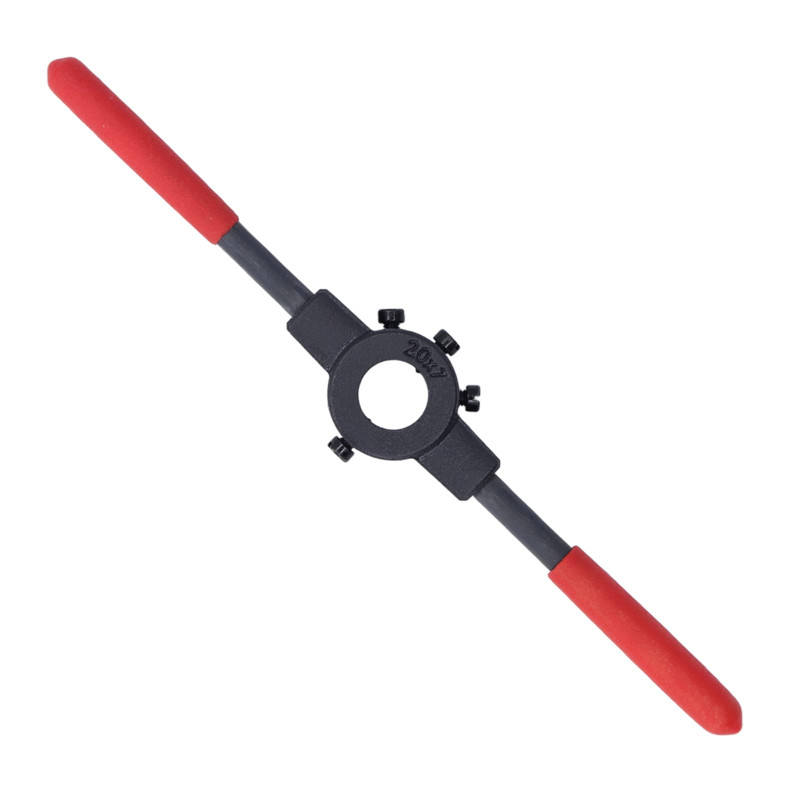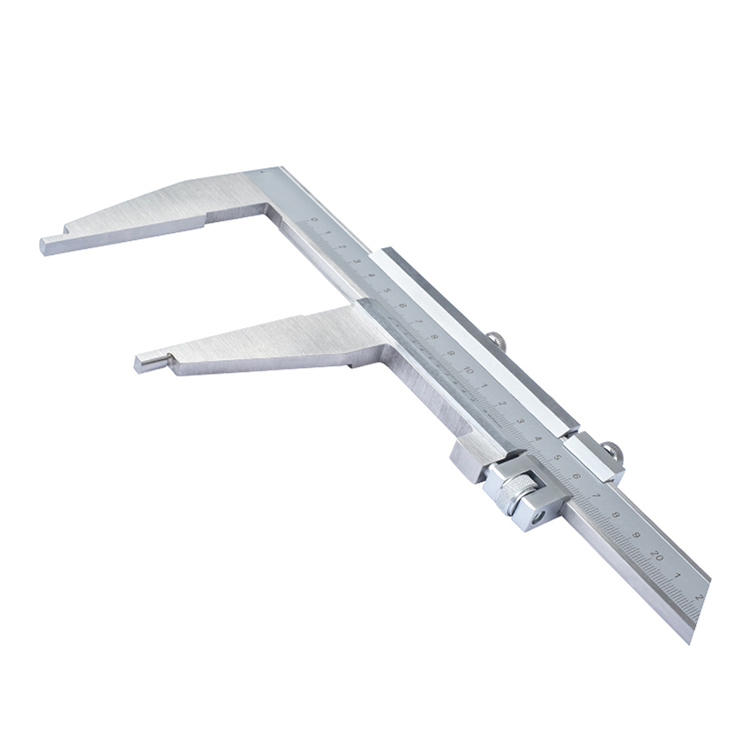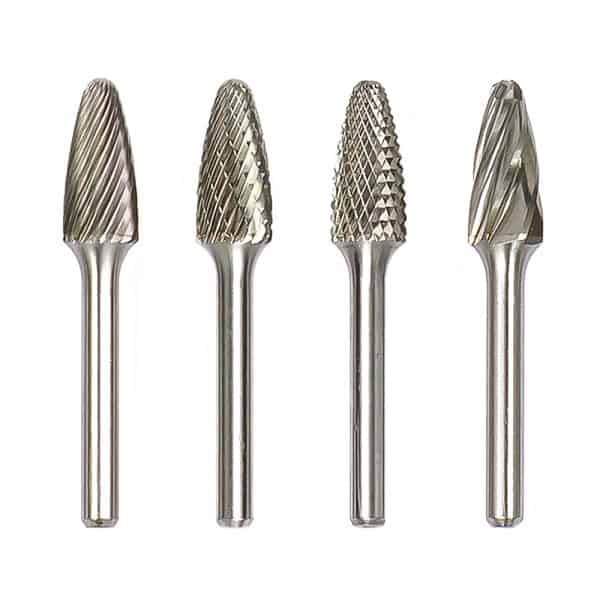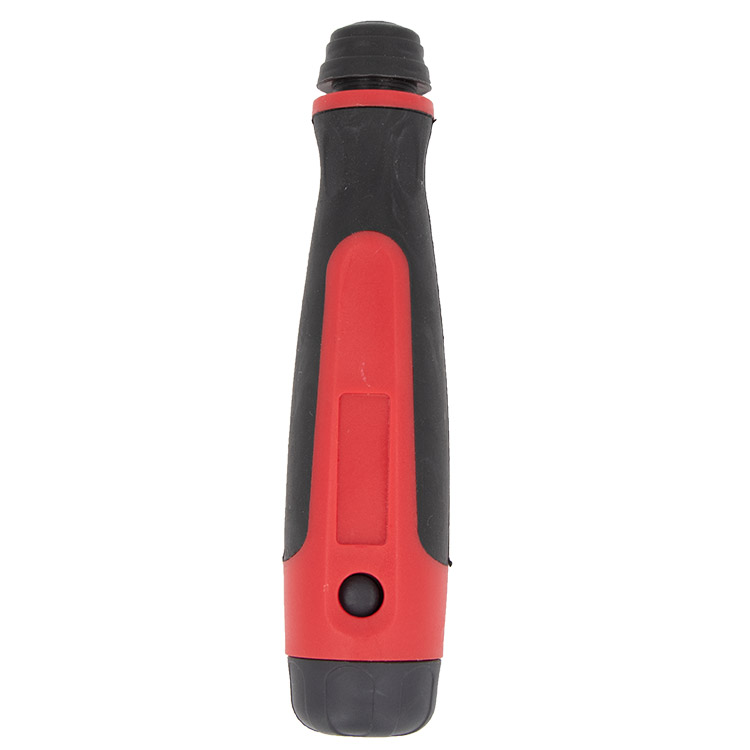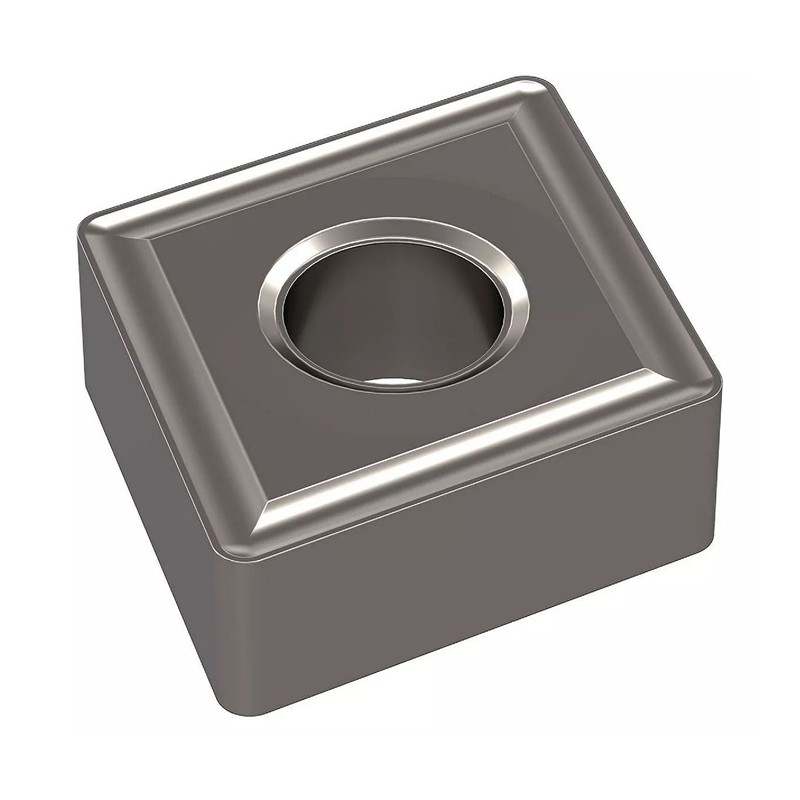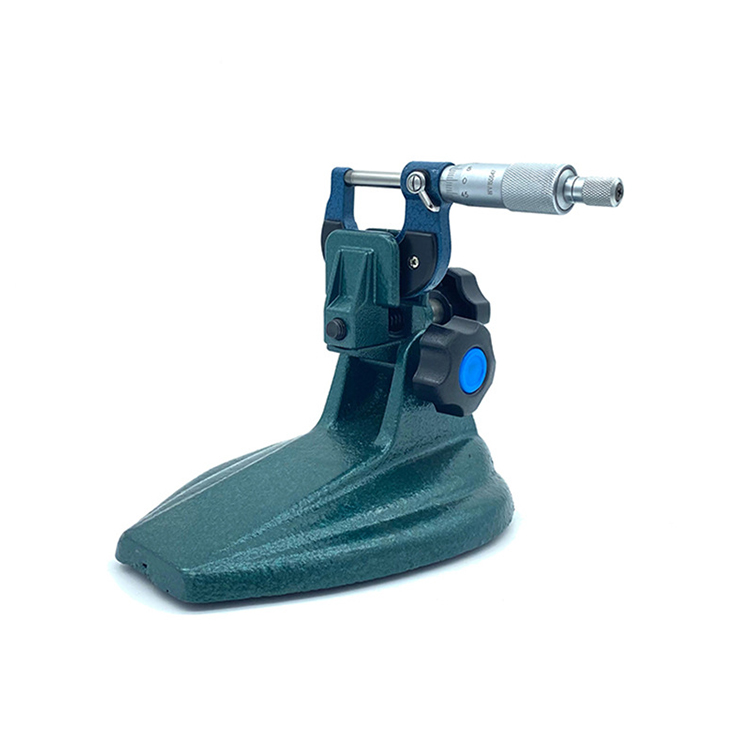High-Quality Magnetic Base
A high-quality magnetic base is a versatile tool used to securely hold instruments, workpieces, or tools in place during various applications, offering stability and precision. Key features include strong magnetic holding force, adjustable mechanisms, and durable construction, making them essential for machining, inspection, and assembly tasks. This guide explores the benefits, types, and selection criteria for high-quality magnetic bases.
Understanding Magnetic Bases
Magnetic bases are designed to provide a temporary but secure attachment to ferrous metal surfaces. They are widely used in industries like machining, metalworking, and inspection to hold dial indicators, test indicators, and other instruments accurately. A high-quality magnetic base offers stability and flexibility, enabling precise measurements and operations.
The Mechanics of a Magnetic Base
A magnetic base typically consists of a permanent magnet or an electromagnet enclosed within a housing. The magnetic force can be turned on or off using a lever or switch. When activated, the magnet adheres strongly to the metal surface, providing a stable platform for the attached instrument.
Key Components of a High-Quality Magnetic Base
- Magnetic Housing: Contains the magnet and the on/off switch.
- Magnetic Core: Generates the magnetic field.
- Adjustable Arms: Provide flexibility in positioning the instrument.
- Clamping Mechanism: Securely holds the instrument in place.
Types of Magnetic Bases
Permanent Magnetic Bases
Permanent magnetic bases use permanent magnets like neodymium or ferrite to generate the holding force. These bases are reliable and do not require an external power source. They are suitable for general-purpose applications where a consistent holding force is needed.
Electromagnetic Bases
Electromagnetic bases use electromagnets to generate the holding force. They require an external power source but offer the advantage of adjustable magnetic force. Electromagnetic bases are often used in applications where the holding force needs to be controlled or adjusted during operation.
Articulated Magnetic Bases
Articulated magnetic bases feature multiple joints and adjustable arms, providing maximum flexibility in positioning the instrument. These bases are ideal for complex setups where precise positioning is required.
Benefits of Using a High-Quality Magnetic Base
Enhanced Stability and Precision
A high-quality magnetic base ensures that instruments remain stable during measurements, reducing the risk of errors. This stability is crucial for achieving precise and accurate results.
Increased Efficiency
By securely holding instruments in place, magnetic bases allow users to focus on the task at hand, improving efficiency and productivity. The ease of positioning and adjustment further enhances workflow.
Versatility
Magnetic bases can be used in a wide range of applications, from machining and metalworking to inspection and assembly. Their versatility makes them a valuable tool in any workshop or laboratory. Our high-quality magnetic base products at Wayleading Tools offer the best solutions for your needs.
Ease of Use
Magnetic bases are easy to set up and use, requiring no special tools or skills. The on/off switch allows for quick attachment and removal, saving time and effort.
Selecting a High-Quality Magnetic Base
Holding Force
The holding force of a magnetic base is a critical factor to consider. Choose a base with sufficient holding force to securely hold the instrument or workpiece. Holding force is typically measured in pounds or kilograms.
Adjustability
Consider the adjustability of the base. Articulated arms and adjustable clamps provide greater flexibility in positioning the instrument. Look for bases with smooth and precise adjustment mechanisms.
Durability
Choose a base made from durable materials that can withstand the rigors of daily use. Look for bases with a robust construction and corrosion-resistant finish.
Base Size and Weight
The size and weight of the magnetic base should be appropriate for the application. A larger base may provide greater stability, while a lighter base may be easier to move and position.
Brand Reputation
Consider the reputation of the manufacturer. Established brands often offer higher-quality products and better customer support. Wayleading Tools is dedicated to providing customers with high-quality magnetic base solutions.
Applications of High-Quality Magnetic Bases
Machining and Metalworking
In machining and metalworking, magnetic bases are used to hold dial indicators, test indicators, and other instruments for precise measurements. They are essential for ensuring accuracy in machining operations.
Inspection and Quality Control
Magnetic bases are used in inspection and quality control to hold instruments for inspecting parts and components. Their stability and precision are crucial for accurate measurements.
Assembly and Fabrication
In assembly and fabrication, magnetic bases are used to hold workpieces and tools in place during assembly operations. They provide a stable platform for performing tasks like welding and drilling.
Tips for Maintaining Your Magnetic Base
Cleanliness
Keep the magnetic surface clean and free from debris. Dust and dirt can reduce the holding force of the magnet.
Storage
Store the magnetic base in a dry and clean environment. Avoid exposing it to extreme temperatures or humidity.
Inspection
Regularly inspect the base for signs of wear or damage. Replace any worn or damaged components to ensure optimal performance. Inspect for wear and tear, and ensure the on/off switch functions correctly. Periodic cleaning with a non-abrasive cleaner can help maintain its performance and longevity.
Magnetic Base Holding Force Comparison
| Type | Holding Force (lbs) | Pros | Cons |
|---|---|---|---|
| Permanent Magnetic Base | 50 - 200 | Reliable, no power required | Fixed holding force |
| Electromagnetic Base | Adjustable holding force | Requires power source | |
| Mini Magnetic Base | 25 - 75 | Compact, lightweight | Lower holding force |
Conclusion
A high-quality magnetic base is an indispensable tool for various applications requiring stability and precision. By understanding the different types, benefits, and selection criteria, you can choose the right magnetic base for your needs. Investing in a high-quality magnetic base will enhance your efficiency and accuracy in any task. Discover more at Wayleading Tools and find the perfect magnetic base solution for your needs.
Disclaimer: Holding force values are approximate and may vary based on surface conditions and material. Always consult the manufacturer's specifications for precise details.
Related products
Related products
Best selling products
Best selling products-
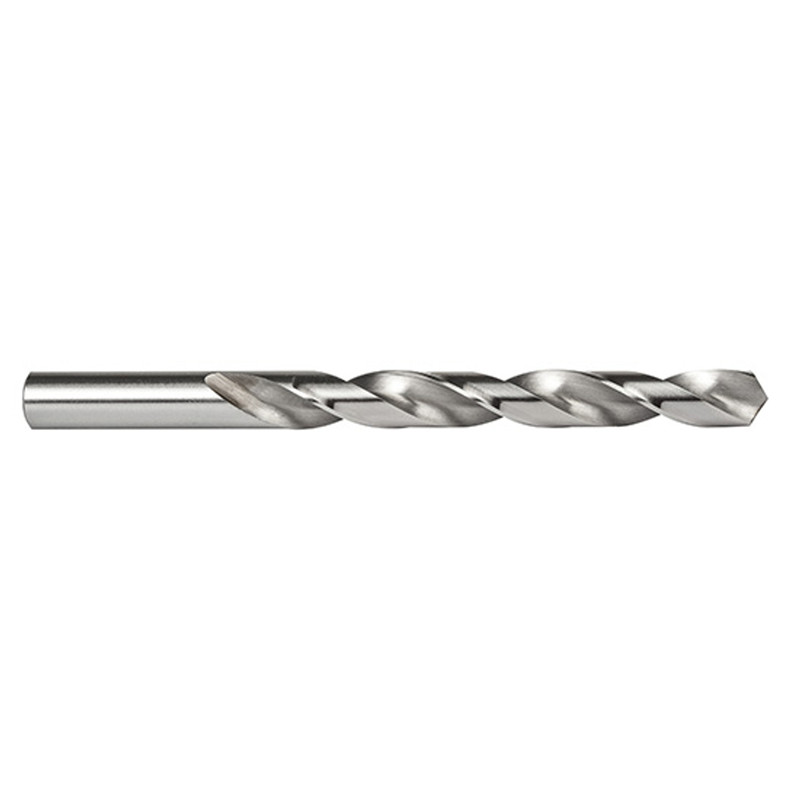 ANSI B94 HSS Jobber Length Drill Bits Fully Ground
ANSI B94 HSS Jobber Length Drill Bits Fully Ground -
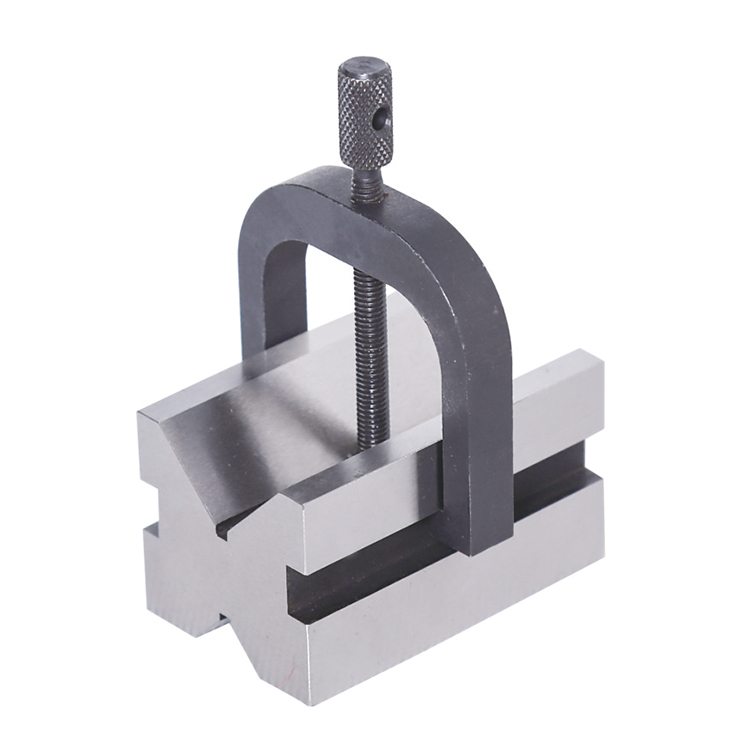 Precision V Block And Clamps Set With High Quality Type
Precision V Block And Clamps Set With High Quality Type -
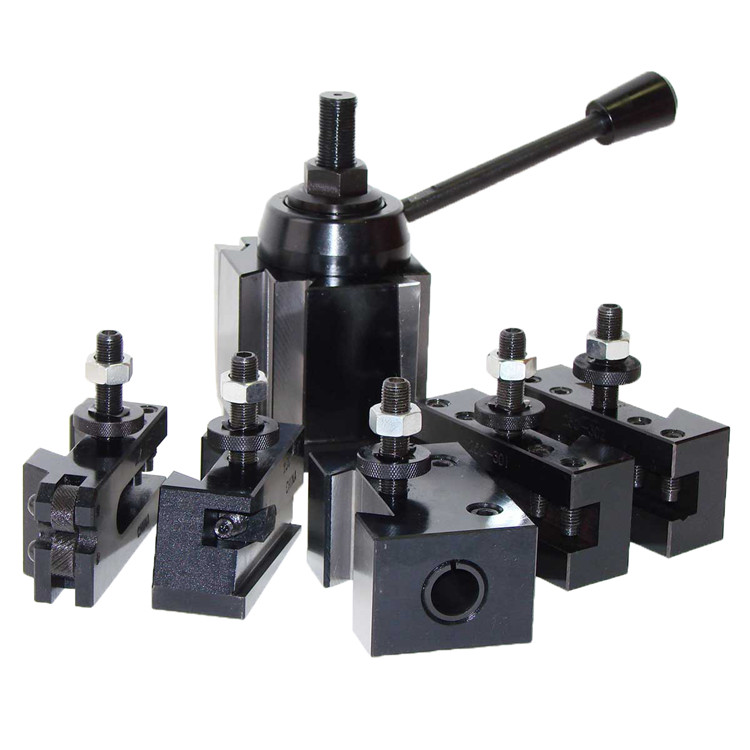 Wedge Type Quick Change Tool Post Set In lathe Machine
Wedge Type Quick Change Tool Post Set In lathe Machine -
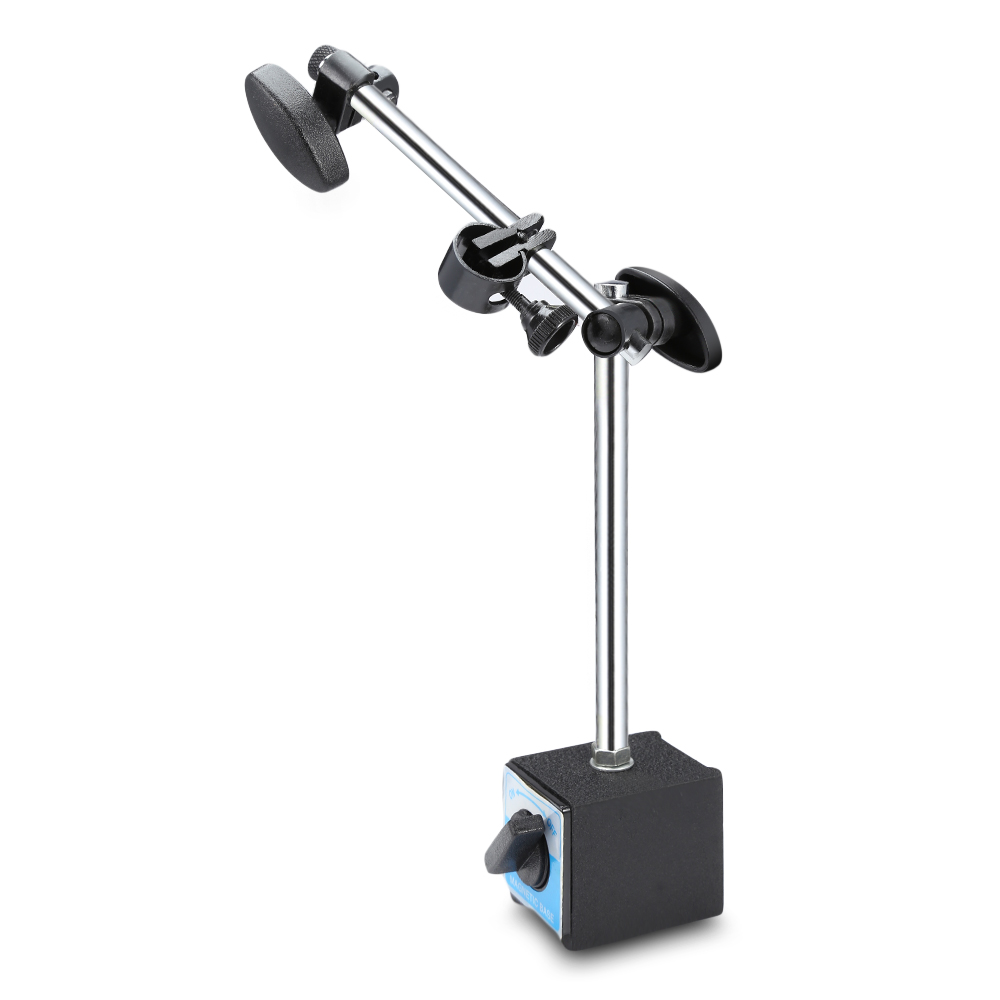 Precision Magnetic Base With Fine Adjustment For Dial Indicator
Precision Magnetic Base With Fine Adjustment For Dial Indicator -
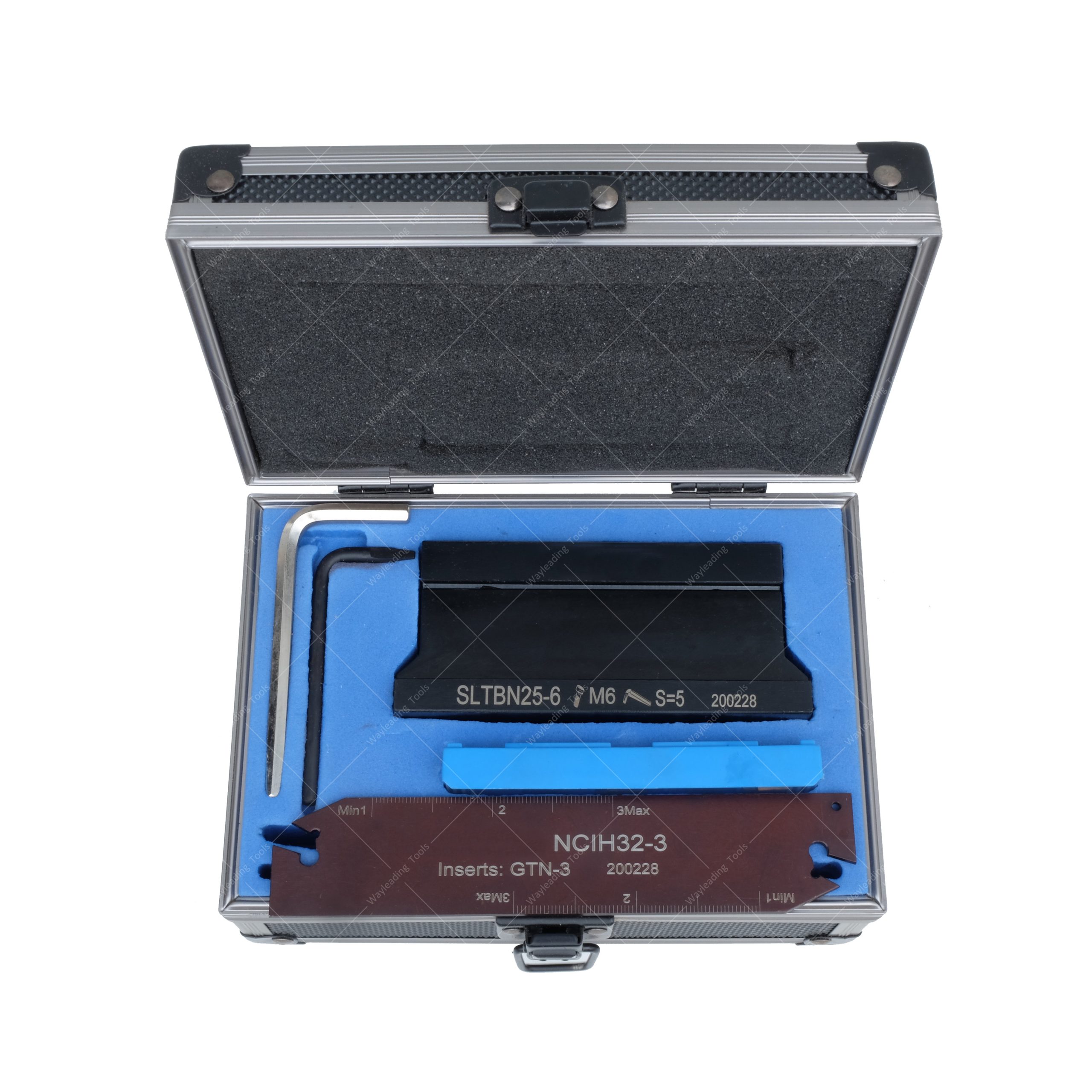 Parting & Grooving Tool Set With SLTB Blcok, NCIH Blades, GTN Inserts
Parting & Grooving Tool Set With SLTB Blcok, NCIH Blades, GTN Inserts -
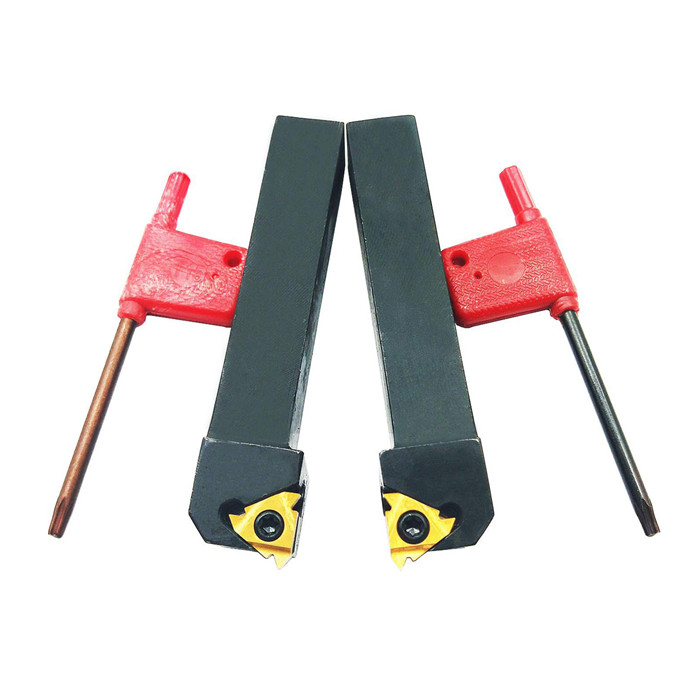 Indexable SER & SEL Threading Tool Holder With Metric & Inch Size
Indexable SER & SEL Threading Tool Holder With Metric & Inch Size -
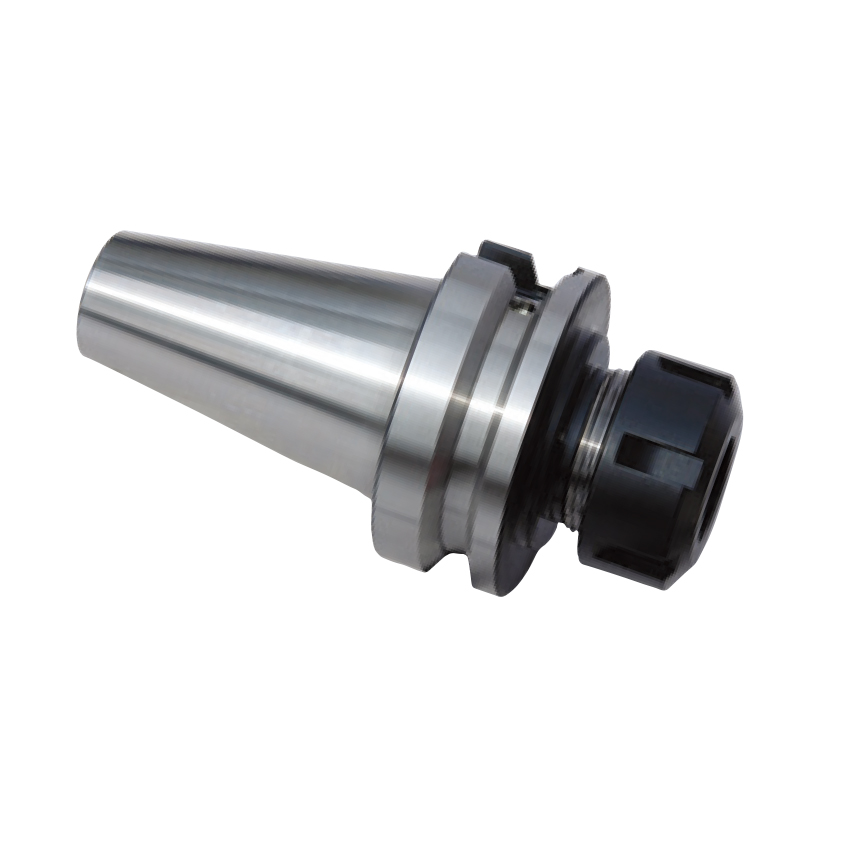 CNC BT-ER Spring Collet Chuck For CNC Machine
CNC BT-ER Spring Collet Chuck For CNC Machine -
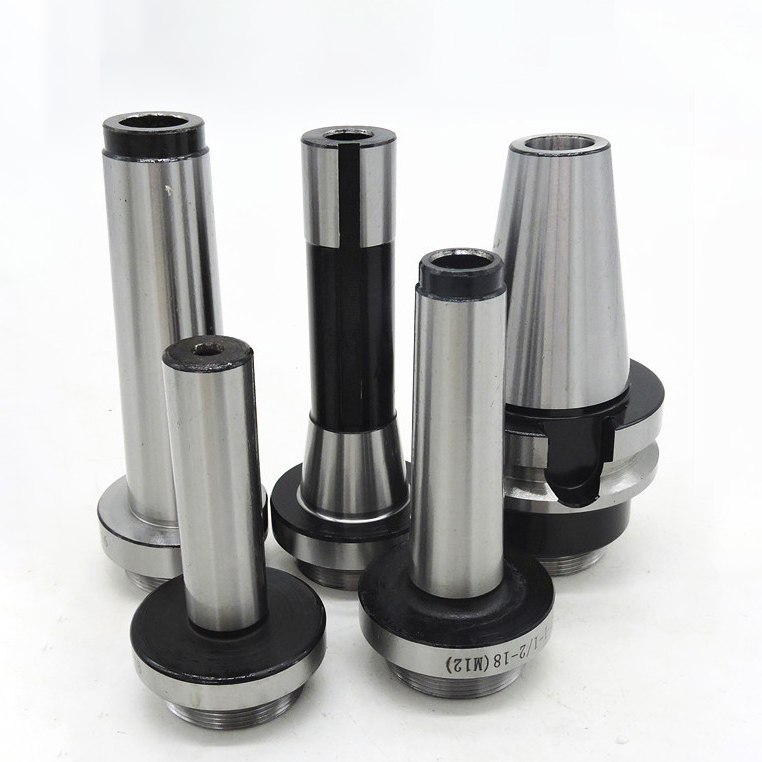 Boring Head Shank For Boring Head With Industrial Type
Boring Head Shank For Boring Head With Industrial Type -
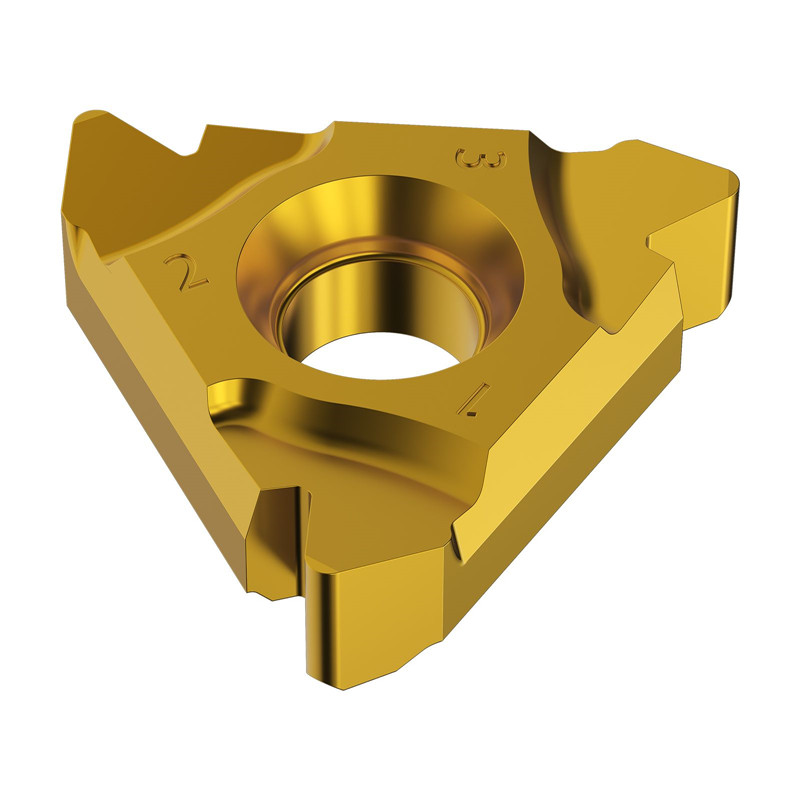 Partial profile 60° Threading Insert With ER & IR Type
Partial profile 60° Threading Insert With ER & IR Type -
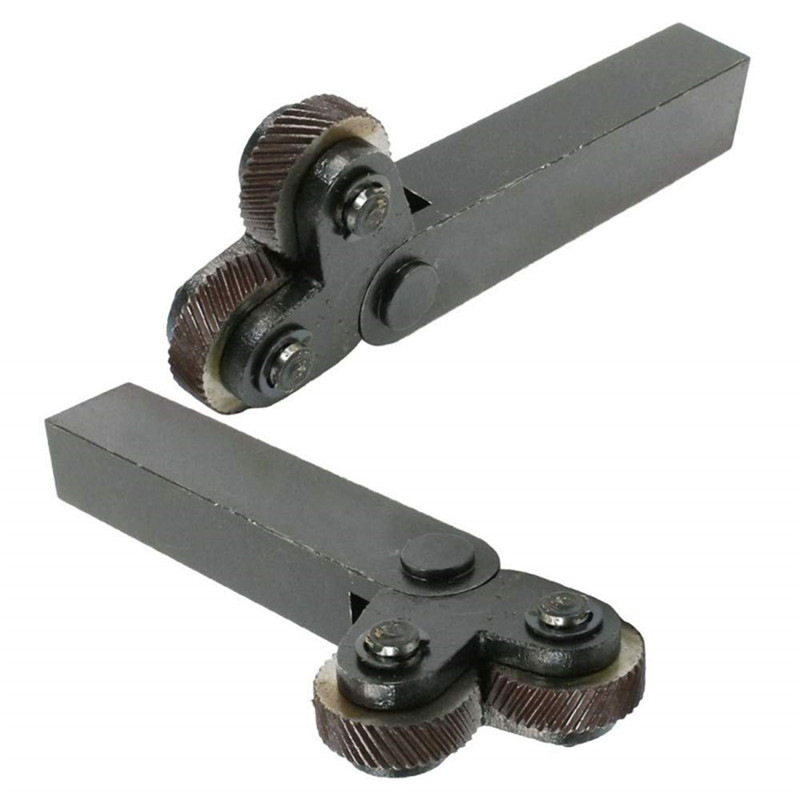 Dual Wheel Knurling Tools With Diamond Pattern For Industrial Type
Dual Wheel Knurling Tools With Diamond Pattern For Industrial Type -
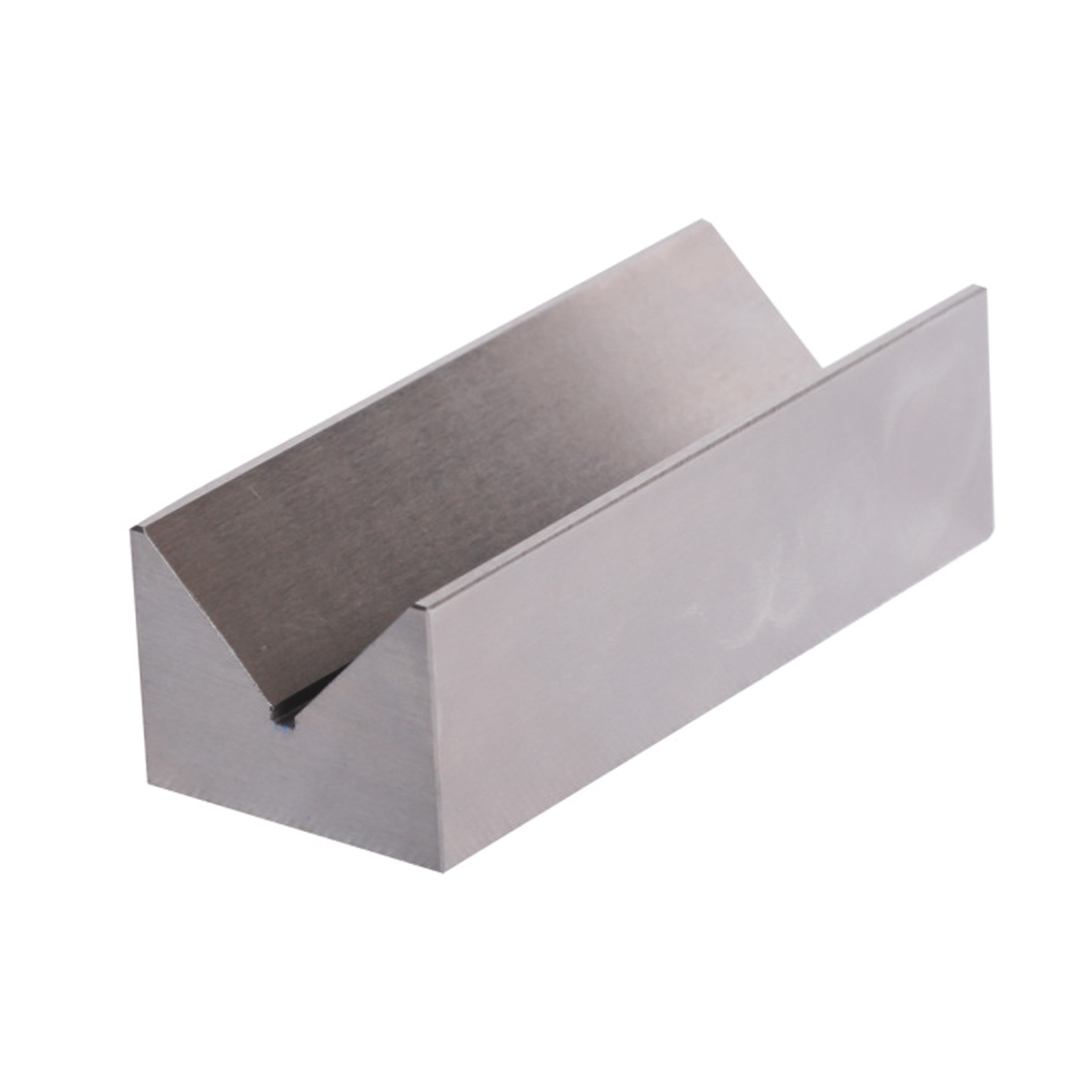 Precision V Block Set With Industrial Type
Precision V Block Set With Industrial Type -
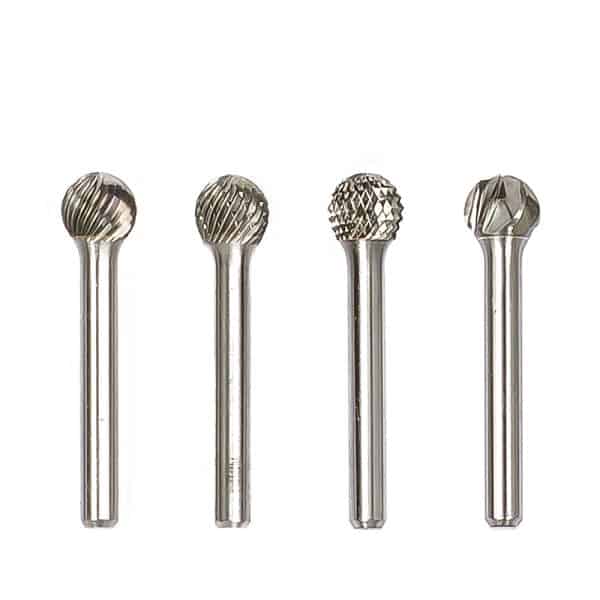 Type D Ball Tungsten Carbide Rotary Burr
Type D Ball Tungsten Carbide Rotary Burr

